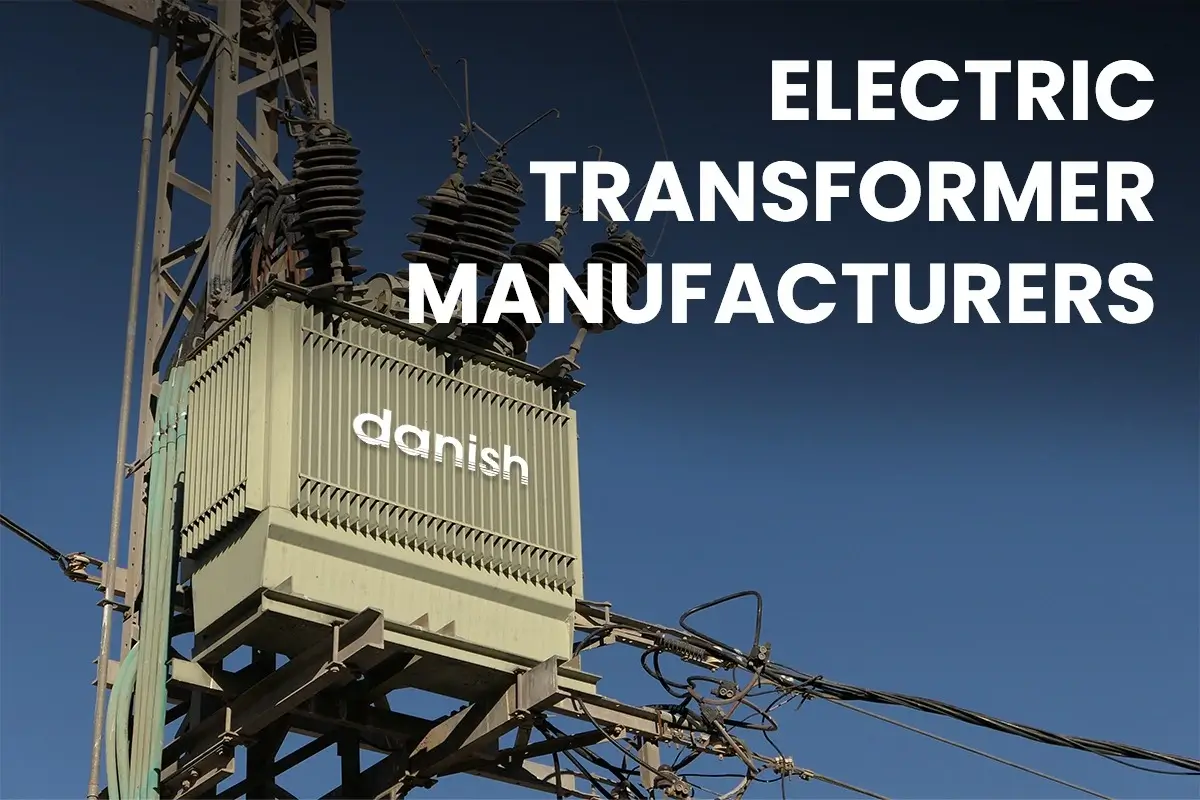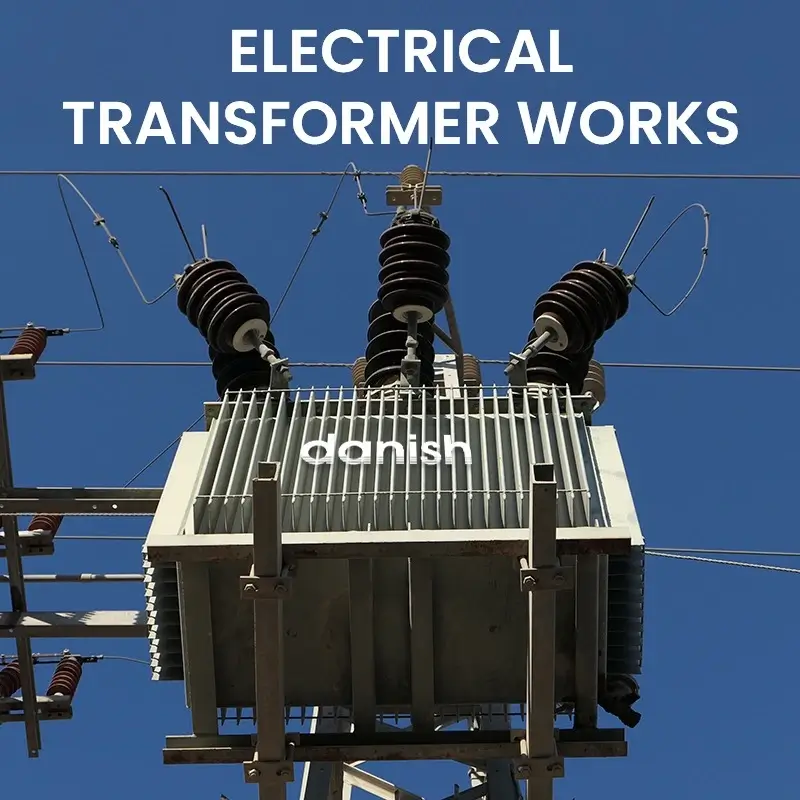How electrical transformers work in industrial power distribution

In today’s electrical networks, how electrical transformers work in power transmission play a very essential and significant role to safely and effectively transmit electrical energy. This blog explores the working principle of electrical transformers by highlighting various significant components associated with the process.
Types of electrical transformers and their application
Step-up transformers
These types of electric transformers have the capability to increase the voltage from the lower input to higher output. This mainly applied to reduce the energy losses that have occurred due to the high current flow and frequently utilized in power production buildings.
Step-down transformers
These reduce the level of voltage and mainly utilize to make the electricity safe and secure for commercial and residential purposes. These are mainly utilized in primary substations near residential and commercial areas.
Isolation Transformers
These transformers are mainly designed to provide power isolation without impacting the voltage levels. These are mainly utilized to improve safety by reducing the direct connection with electricity and by reducing the noise.
Distribution transformers
These are small and specialized electrical transformers that provide power to businesses and homes through distribution networks. These mainly applied in substations and utility poles.
Autotransformers
Autotransformers mainly have single winding which acts as primary and secondary and are considered as cost-effective solutions for small voltage fluctuation.
Instrument transformers
These mainly reduce high voltages for protecting systems and applied to scale up the current and scale down the current.
Top electric transformer manufacturers, and ways they ensure quality
The following are the various electric transformer manufacturers that are renowned for providing high performance Transformers:
- Siemens
Siemens has a varied and diverse transformer products which includes resin Transformers and HVDC. They ensure quality by utilizing quality management systems for continuous improvement.
- ABB Ltd
ABB has a variety of transformers that are environmentally friendly and mainly designed for minimal losses. The company has a very good relation and collaboration with suppliers which mainly ensures quality.
- General Electric (GE)
General Electric is a renowned company that provides transformer systems with advanced monitoring and testing methods in order to guarantee reliability and security. The company mainly focuses on employee training and integrates a quality management system in order to ensure quality.
Electrical power transformers contribution to energy transmission and distribution
Electric power Transformers play a very important and significant role in the network of energy distribution and transmission. Medium voltage levels are mainly utilized to generate power at generation stations. Transformers mainly increase this to high voltage to reduce I²R losses.
Once the power reaches to the terminals then the voltage is reduced for consumer use to a safe level.
Between different parts of the network the transformer segregates electrical current to reduce the fault and to make the network safer.
Transformers ensure the following by enabling the transmission:
- Efficiency
- Safety
- Scalability
Advantages of using a step-up transformer in a three-phase system
Reduces cost: Higher voltage means reduction in current which allows the usage of small conductors that reduces the cost of material and installation.
High power capacity: Three phase set up Transformer can manage large power loads as compared to single phase systems. Urban infrastructure can operate more efficiently and consistently with the usage of three phase setup transformers.
Quality and scalability: Three phase setup ensures a continuous delivery of power with quality, reduces the fluctuation of voltage and increases reliability of the system.
Enhances efficiency: Set up Transformers can reduce power loss by increasing the voltage and reducing the current at the same time. This is mainly associated with the efficiency of the transformer and delivering the power across geographical areas.
When should a step-down power transformer be used, and its benefits
Step down power transformer is mainly utilized when electrical energy is required to be converted from the higher to lower voltage in order to make it safer for consumer use or for particular equipment needs.
Benefits
Cost effectiveness: Lower voltage operation is mainly related to low power usage and reduction in maintenance expenses.
Safety: by reducing the level of voltage to the safer level for consumer usage to prevent dangers and to prevent equipment damage.
Reduce energy losses: by putting the step-down transformers in the sites of demand, distribution line losses can be minimized.

CONCLUSION
Electrical transformers are vital in modern power systems, enabling efficient transmission and distribution of electricity. By adjusting voltage levels, they reduce energy losses, enhance safety, and ensure reliable power delivery to homes and industries. Various types, including step-up, step-down, isolation, and distribution transformers, serve different purposes. Leading manufacturers like Siemens, ABB, and GE focus on quality and innovation. Their role in scalability and efficiency highlights their importance in global energy networks.
Read Also :- Power Transformers | Why Choose Compact Substations? | Benefits of Choosing Oil Immersed Transformers | What Exactly is a Dry Type Cast Resin Transformer?
Advertise With us :- Top Advertising Agency in Jaipur
